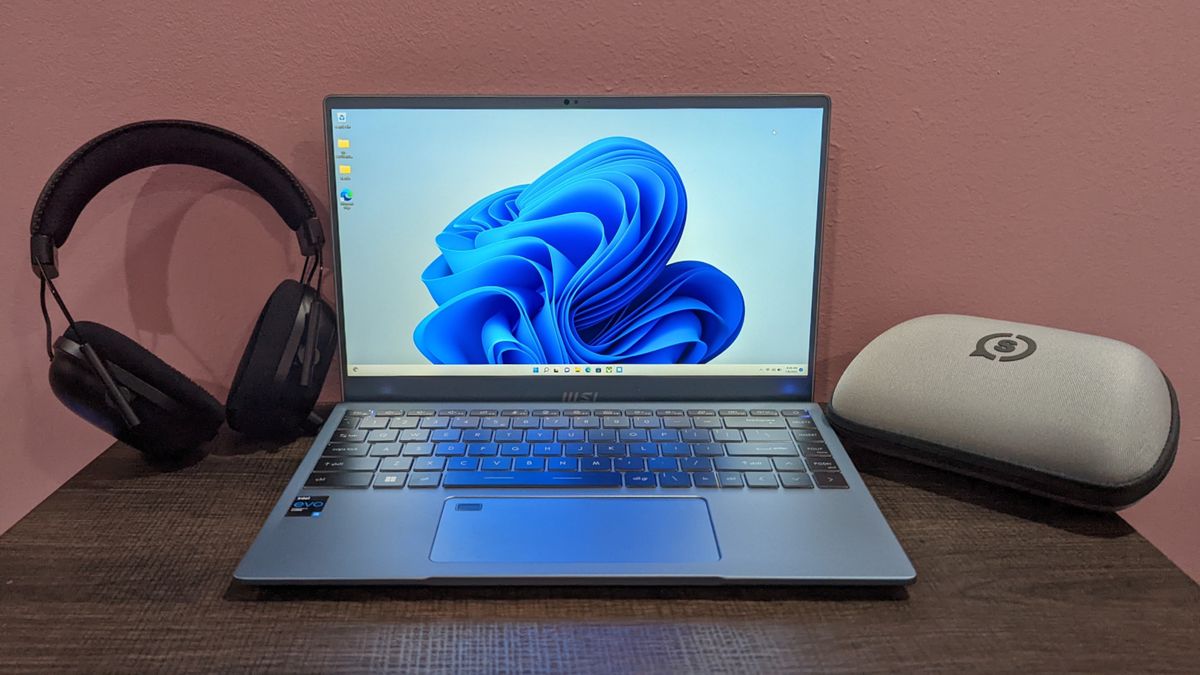I was lucky enough to test out the Nreal Air AR glasses for our review here on TechRadar, and they are without a doubt one of the coolest gadgets I’ve ever used. Too bad they’re so darn expensive right now.
These relatively normal-looking specs have a hidden USB-C port on the end of one arm, letting you plug them directly into a compatible smartphone (opens in new tab). Do this and the glasses will then project an HD image of your phone screen in front of you as if you’re sitting in front of a 130-inch TV – and thanks to the speakers in the glasses it’s like you have your own private cinema.
Sure the image is far from being as good as one of the best 4K TVs out there and the audio is a little lackluster – a problem quickly solved by a pair of Bluetooth headphones – but for something completely portable it’s utterly incredible. When coupled with a 5G SIM card, the Oppo Find X5, and a pair of Bose 700 headphones I could launch Netflix and let my hour-long train commutes go by in a flash.
I wasn’t the only person impressed by them. When traveling with my partner while I had the Neal Airs, we would always squabble over who could wear them; neither of us was happy with a compromise. Friends and family thought they were amazing, too, when giving them a try. Even my complete technophobe of a Grandad was blown away by glasses that could let him watch Mr. Bean wherever he was.
However, as with all tech demonstrations, one question would always get asked, and in the case of the Nreal Air AR glasses, it would instantly kill the hype. “How much do they cost?”

Right tech, wrong time
At £400 (around $480 / AU$700) these glasses are hardly what you could call cheap. Coupled with the fact you can only use them with select smartphones – all of which are fairly pricey recent releases – and the setup becomes even less obtainable. Start adding in quasi-optional extras like Bluetooth headphones, 5G phone contracts and Netflix or Xbox Game Pass subscriptions, and the costs can get out of control.
To make matters worse, beyond their impressive cinema experience, the glasses don’t do much else of note. They do offer other features like a virtual multi-monitor setup and immersive Peloton-esque cycling experiences, but those experiences are either too clunky or too lackluster to see them as major selling points.
A few years ago, in our pre-pandemic world, I could have seen the Nreal Air glasses taking off as the Meta Quest 2 has in the VR space. These AR glasses are seriously good for commuting.
But with more people than ever working from home full-time or at least part-time, and the cost of living on the rise, the Nreal Air AR glasses are an unfortunate casualty.
Hopefully, this won’t be another complete death in the AR glasses space like the ill-fated Google Glass. Nreal’s tech showed me the awesome potential AR glasses have, but it’s a case of the right tech at the wrong time, and maybe the wrong price, too.

